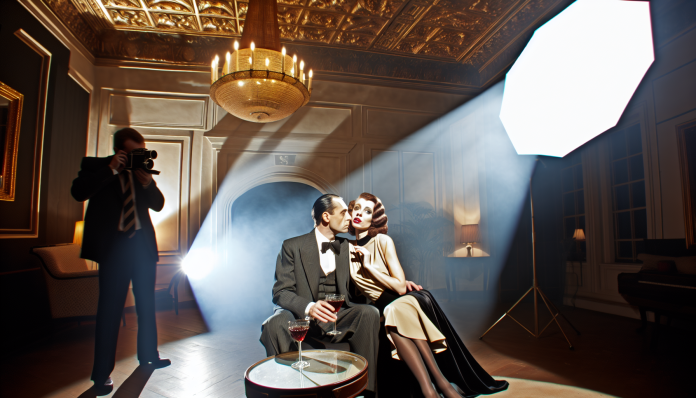The Playboy Mansion: Hollywood’s Most Infamous Sex Playground
Introduction
Nestled in the heart of West Hollywood, the Playboy Mansion has long been synonymous with the glitzy allure of celebrity and scandal. At its helm stood Hugh Hefner, the iconic founder of Playboy magazine, who transformed not just the adult entertainment industry but also societal perceptions surrounding sex, nudity, and the libertine lifestyle. The controversy surrounding the mansion and its many inhabitants has made it a focal point of public interest, embodying the sometimes conflicting values of sexual liberation and moral conservatism.
During the height of Hefner’s influence in the 1970s and 1980s, society was grappling with shifting mores. The sexual revolution had paved the way for expressions of freedom and open sexuality, coinciding with the emergence of feminism and a growing backlash against traditional norms. The Playboy Mansion, with its lavish parties and roster of Playboy bunnies, represented both a utopia for some and a moral decay for others.
The Scandal
The Playboy Mansion reached peak notoriety in the early 2000s, particularly around the time of the first season of the reality television show The Girls Next Door. The series introduced a broader audience to the glamorous yet often controversial lifestyle of the mansion’s residents: Hefner’s girlfriends Holly Madison, Bridget Marquardt, and Kendra Wilkinson. The show not only pulled back the curtain on a world few had access to, but it also sparked intense discussions about female agency, objectification, and the patriarchal structures that permeated the mansion’s existence.
While many viewed the show as a glimpse into a fantasy lifestyle, it also illuminated the darker aspects of Hefner’s empire. In 2017, reports began to surface from former residents and employees detailing inappropriate behavior, coercive manipulation, and an environment steeped in misogyny. Accusations ranged from sexual exploitation to emotional abuse, creating a stark contrast to the glamorous facade presented on television.
Quotes from former residents painted a somber picture. Holly Madison, in her memoir Down the Rabbit Hole, chronicled feelings of manipulation and control, describing Hefner’s “puppet master” influence over the lives of the women who lived there. Another former bunny, Sondra Theodore, echoed these sentiments, stating, “We were expected to be grateful for the life we lived, even if it meant losing our identities.”
Moral and Cultural Analysis
Society’s reaction was divided. Many fans of The Girls Next Door continued to celebrate Hefner as a pioneer of sexual freedom, while others condemned the mansion’s practices as exploitative and outdated. The conversations surrounding the mansion’s culture highlighted a growing awareness of consent and empowerment, resonating with modern feminist ideals that prioritize agency and respect over objectification.
Today, the implications of living at the Playboy Mansion might be viewed through a predominantly critical lens. With the #MeToo movement reshaping discussions regarding consent and sexual behavior, the narrative of empowered women cohabitating in a patriarchal environment would likely be scrutinized far more heavily. The prevailing cultural attitudes of 2023 emphasize respect and equality, emphasizing that personal choice must be balanced with the implications of systemic power dynamics.
As history continues to unfold, the mansion and its legacy remain both alluring and cautionary—a testament to the complex interplay between sexual liberation and societal morality, reflecting how far we’ve come while reminding us of the journeys still ahead.

